
Lawn Care Tips: How to Know When Your Lawn Needs Help
Published: 23/10/2024 | Updated: 23/10/2024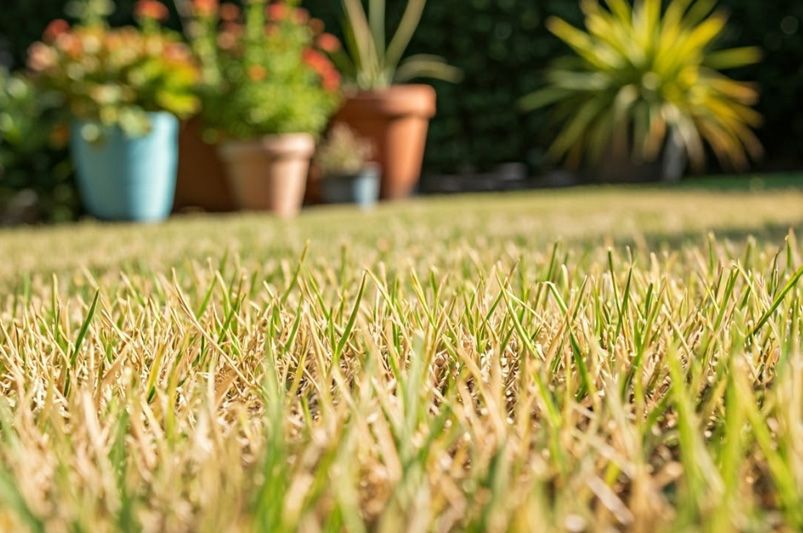
Key Highlights
- A lush, green lawn can significantly enhance your home's curb appeal.
- Understanding the signs of a struggling lawn is the first step towards reviving it.
- Yellowing grass, bare patches, and excessive weeds are indicators of potential problems.
- Effective lawn care involves proper watering, mowing, and fertilization techniques.
- Regular maintenance, such as aeration and dethatching, can significantly benefit your lawn's health.
- Don't hesitate to seek professional help if your lawn requires special attention.
Introduction
A healthy lawn can make your home look great. To create a vibrant carpet of grass, you need to understand lawn care and be consistent. It’s not just about watering. Things like soil health, grass type, and the local climate matter too. This easy-to-read blog will help you spot signs that your lawn needs help. You will also find useful tips to bring your lawn back to life.


Recognizing Signs Your Lawn Needs Help
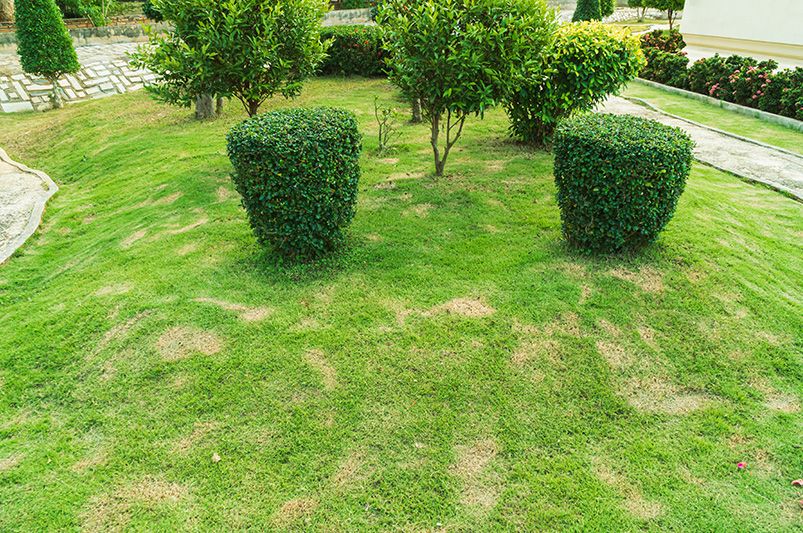
A healthy lawn looks great. It is green, thick, and full of energy. When your lawn begins to look bad, it shows clear signs that it needs help. If you spot these signs early, you can avoid major repairs later.
Watch for signs like grass that turns yellow or brown, especially in certain spots. Lots of weeds also mean your lawn is not doing well. Additionally, if the grass feels dry and hard, even after you water it, this could mean there are problems with the soil or how you water.
Yellowing Grass and Patchiness
One of the clear signs that your lawn is having trouble is when your once-green grass turns yellow or develops brown patches. This change in color means the grass isn't getting the nutrients it needs to grow healthy. Several things could be causing this problem.
First, think about the type of grass you have. Is it right for your climate and soil? Some grass types do better in certain conditions. If you pick a type that doesn't fit your area, it can grow slowly and turn yellow.
Compacted soil is another issue. When soil is too packed down, it can choke grass roots. This makes it hard for them to take in water and nutrients. You might see hard areas in your lawn or water sitting on the surface, which could mean your soil is compacted.
Finally, if you have dead grass lying around, it can build up and stop new growth. This leads to patchy grass and uneven colors.
The Presence of Weeds and Moss
While a few stray weeds are normal, a sudden increase means there is a problem in your lawn's ecosystem. Weeds can take over when your lawn is weak due to poor care, packed soil, or not enough nutrients. Each lawn weed grows and spreads in its own way.
Moss is different from most lawn weeds. It loves damp, shady spots and acidic soil. If you see moss in your lawn, it may mean you have poor drainage, too much shade, or compacted soil. Fixing these issues is important to control moss.
Effective weed control needs to have different parts. Mowing your grass at the right height helps create a thick turf. This makes it harder for weed seeds to grow. Good fertilization makes your grass stronger, so it can fight against weed control better.
You’re seeing many insects and bugs on the ground.
Pest infestations may suggest that a lawn is in trouble. Insects and bugs found in the soil can cause harm to your lawn, affecting its well-being. Early detection of these pests is crucial for proper lawn maintenance. You may want to explore natural solutions or consult experts to deal with the problem promptly. Utilizing integrated pest management techniques can assist in keeping your lawn healthy and free from pest-related harm. Stay alert and respond promptly to protect the vibrant appearance of your lawn.
Essential Tools and Resources for Lawn Care Beginners
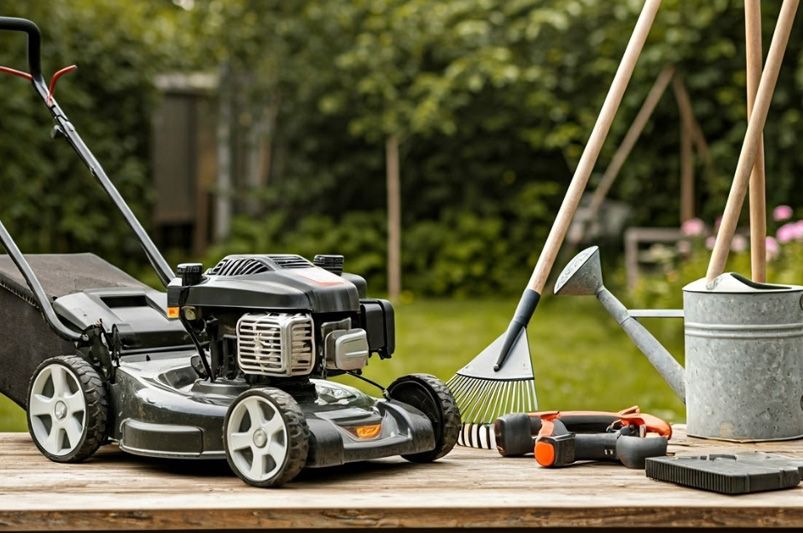
Starting your lawn care journey can feel overwhelming. There are many tools and methods to choose from. The great news is that you don’t need a lot of equipment to begin. A few basic tools can greatly help you keep a healthy lawn.
In addition to these tools, there are also many resources to help you. You can find online guides, gardening books, and mobile apps that offer lots of tips. These resources can help you learn how to identify grass types and solve common lawn problems.
Basic Lawn Care Equipment List
Equipping yourself with a few basic lawn care essentials can make maintaining a healthy and vibrant lawn much more manageable. While the specific tools you need may vary depending on the size and type of your lawn, some staples apply to almost any situation.
Firstly, a good quality lawnmower is non-negotiable. Choose one that suits the size of your lawn and ensure the mower blades are kept sharp for a clean cut. A watering can or hose with an adjustable nozzle is crucial for providing your lawn with adequate hydration. Additionally, a sturdy rake is essential for removing fallen leaves and debris, preventing them from suffocating your grass. Here's a handy table summarizing the basic equipment:
|
Tool |
Description |
|
Lawnmower |
Essential for maintaining grass height; choose one suitable for your lawn size |
|
Watering can/Hose |
Provides essential hydration for your lawn; choose one with an adjustable nozzle for more controlled watering |
|
Rake |
Useful for removing leaves, debris, and thatch; opt for a sturdy rake with flexible tines |
|
Fertilizer spreader |
Ensures even distribution of fertilizer; choose a broadcast or drop spreader based on your lawn size and needs |
Understanding Soil Types and Their Needs
Beneath your lawn is the key to its health – the soil. It is important to know your soil type because it affects how well it holds water, drains, and supplies nutrients for healthy growth. A simple soil test can show you what is in your soil and help you decide how to care for your lawn.
Soil has three main parts: sand, silt, and clay, each with different traits. Sandy soil drains quickly but has a hard time keeping water and nutrients. Clay soil holds water well but can get packed down easily, making it hard for roots to grow. The best soil for most lawns is loam. Loam is a mix of sand, silt, and clay that drains well and keeps nutrients.
After you know your soil type, you can adjust your lawn care methods. For example, sandy soil might need you to water and fertilize more often. On the other hand, clay soil can be helped by aeration, which improves drainage and limits compaction.
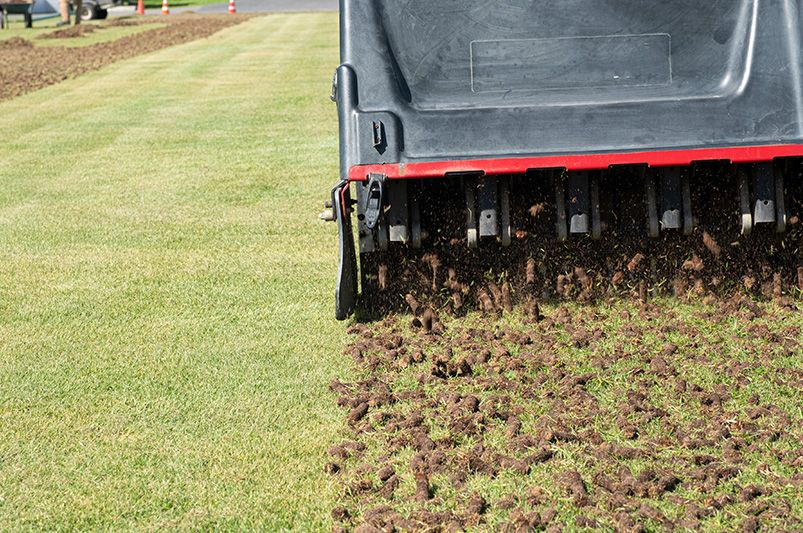
Step-by-Step Guide to Reviving Your Lawn
Bringing a weak lawn back to life takes time. You need to be patient and work steadily. By using a clear plan and fixing the main problems, you can help your lawn grow strong and green again.
First, check your lawn to find where the issues are. Then, make changes to the soil to fit the needs of your grass type. Lastly, use proper lawn care methods to keep it healthy.
Test your soil
Perform a soil test to understand your lawn's specific needs. Soil tests provide valuable insights into nutrient deficiencies, pH levels, and overall health, guiding your lawn care efforts effectively. By analyzing your soil composition, you can tailor your fertilizer application to ensure your grass receives the essential nutrients it requires for healthy growth. Understanding your soil's characteristics enables you to make informed decisions on amendments, promoting robust root development and a flourishing lawn. Implement this step to lay a solid foundation for a vibrant and resilient turf.
Fertilize your lawn
Applying the right fertilizer is essential for a lush lawn. Choose a formula tailored to your grass type for optimal growth. Ensure the fertilizer provides the necessary nutrients like nitrogen, phosphorus, and potassium for healthy root development. Early spring is the best time for this task as it jump-starts your lawn's growth. Avoid over-fertilizing to prevent lawn problems. Proper fertilization leads to healthier soil and green grass, making your lawn the envy of the neighborhood.
Control weeds
Keep weeds at bay by regularly mowing your lawn to prevent weed seeds from sprouting and spreading. Aerate the soil to promote healthy growth, making it harder for weeds to take hold. Applying a targeted weed killer can help eliminate existing weeds without harming your grass. Remember, a proactive approach to weed control is key to maintaining a lush and vibrant lawn. Regular weeding should be part of your lawn care routine to keep your turf weed-free and healthy.
Cover bare spots
To effectively cover bare spots in your lawn, begin by loosening the soil in the area to promote new grass seed growth. Apply a layer of topsoil, ensuring it is level with the surrounding turf. Sprinkle grass seed generously over the barren patch, covering it with a thin layer of topsoil. Water the area regularly, keeping the soil moist but not waterlogged. With patience and care, you'll soon witness new grass sprouting and seamlessly blending with the rest of your lush lawn.
Dethatch your lawn
Dethatching your lawn is vital for maintaining a healthy lawn. Removing the layer of dead grass and organic debris allows nutrients to reach the soil and promotes better root development. This process enhances water penetration and airflow, preventing thatch buildup and potential lawn diseases. Use a dethatching rake or power dethatcher to safely remove the thatch without damaging the grass. Make dethatching a part of your lawn care routine for a lush, thriving lawn.
Aerate your soil
To promote healthy root development and enhance nutrient absorption, aerating your soil is crucial in ensuring a lush lawn. By perforating the soil with small holes, you enable better air, water, and nutrient penetration to the grassroots. This process aids in loosening compacted soil, allowing for improved circulation and root growth. Aeration also helps prevent thatch buildup, promoting a healthy soil ecosystem for your lawn to thrive. Consider aerating your soil at least once a year to maintain a vibrant and resilient lawn.
Control pests
Regular pest control measures are crucial for maintaining a healthy lawn ecosystem. By incorporating NLP terms like 'pests' and 'pest control', you can ensure that harmful insects and bugs do not damage your turf. Implementing weed killers and natural remedies can help combat invasive species. Additionally, you may consider using organic options to maintain a safe environment for your lawn. Remember, pest control should be integrated into your lawn care routine to promote healthy growth and prevent potential damage.
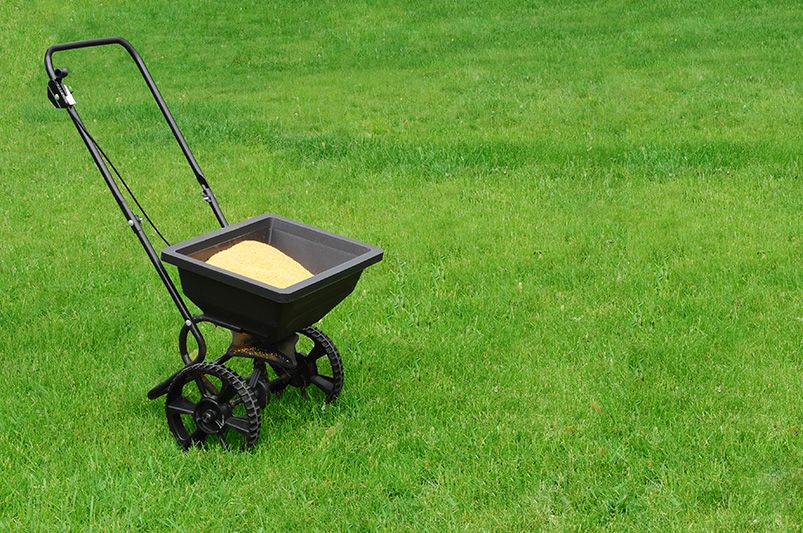
Conclusion
Reviving a lawn that is not doing well doesn't have to be hard. If you notice early signs of trouble and have the right tools and knowledge, you can change your yellow grass into a beautiful green yard. It's important to know what your soil needs, deal with weeds, and keep up regular care. Take time to look at how your lawn is doing, check the soil, and create a plan to bring it back to life. With some hard work and good care, your lawn can thrive again. A healthy lawn makes your property look better and gives you a nice space to relax outside.
Frequently Asked Questions
How often should I water my lawn?
Most lawns need about one inch of water each week, but think about the rainfall in your area. It’s best to water your lawn deeply but not too often. This helps encourage deeper root growth. Watch your lawn closely. If it looks a bit wilted or if you leave footprints after walking on it, then it’s time to water.
What's the best time of day to mow the lawn?
The best time to mow your lawn is in the early evening. This way, the new cuts in the grass can heal at night, which helps reduce stress. Make sure to use sharp mower blades. Also, mow at the right height for your grass type. This helps keep your lawn healthy.
Need Assistance for a Complete Landscape Makeover?
Shrubhub’s landscape design packages can significantly transform the lives of homeowners by delivering customized, professional landscaping plans tailored to their unique space and personal style. With the ease of online collaboration, you are guided step-by-step through a design process that fundamentally reshapes your outdoor environment. The result is an aesthetically pleasing and functional outdoor living area that maximizes the potential of your property.


